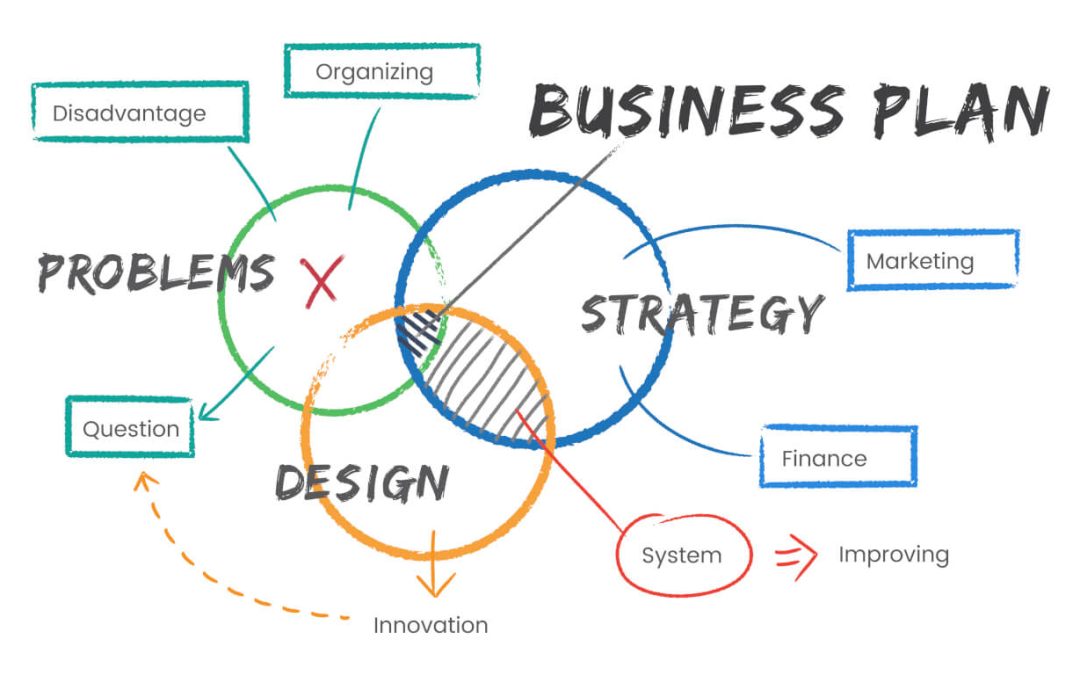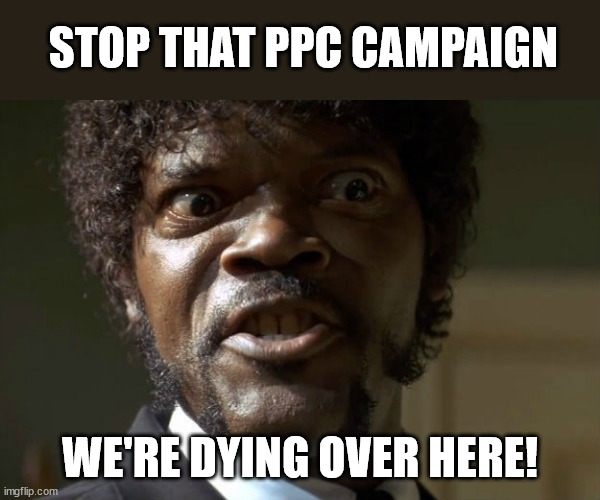If you have a business website you probably have your products and services listed, with some extra info on how great your products/services are, and how visitors can contact you for more info. But how many of these visitors actually get interested in what you have to say, and how many ends up becoming your clients? To get your site to turn visitors into clients you will need to ask the right questions.
There’s somewhat of a proverbial joke in Landing Page Optimization, coming out of the MecLabs team:
Give The Monkey The Bananas
Although funny, it conveys the simplest of roles of any landing page, which is to get visitors what they came for, allowing them to get to what they need without pushing them to go through labyrinths.
Conversion Rate: What’s That, Why Should I Care?
Many times, business owners get stuck on traffic stats like Visitors per month, Pages per Visitor, Time on Site etc, and hardly ever spend time on asking questions like:
- How many of these visits ended up in a conversion (signup, sale, phone-call etc)
- How many visits on a product page it takes to make a single conversion
- Are there any ways to improve the Conversion Rate
Each product page design starts with a product and based on the type of product, it also has a target audience. Based on the target audience, copywriters create a web text that serves as product description as well as a soft sales pitch by anticipating visitor questions and answering them in the text that ends up being a virtual dialogue between the visitor and the product page. If you took the time to think about your visitors and build the site around what they expect, chances are your product pages will convert more visitors into clients.
What Makes Up A Good Product Page?
If the product page is done correctly, every page element (images, bullet lists, texts, white space, emphasized words etc) will play a specific role during the product presentation. The simplest of sales processes is the well-known AIDA model:
- Attention: creating attention is best done with crisp and well-designed graphics because the Attention grabbing period is below 2 seconds and visitors make intuitive decisions regarding websites.
- Interest: once the product page has the visitor’s attention, the best way to raise interest is with an interesting title and sub-title that is intended to create alignment between the visitor’s situation and what the product has to offer.
- Desire: creating desire is best done by bringing the visitor in a position to envision herself in a state where her problem is solved. Whether with a direct question “wouldn’t you like to put an end to problem X”, or via social proof of how others used this product is up to the copywriter to decide, based on the target audience.
- Action: once the visitor has a mental image of how life would be better with this product/service, the Call to Action needs a clear and easy message like “Buy Now” or “Get Product X Now” or “Download This eBook” etc. Click Here is not a good call to action.
In general, product pages should convert 1-2%. From every 100 visitors, 1 or 2 visitors should convert, whether that’s a buying decision, a sign-up or something else. However, really good product/landing pages boast up to 10% conversion rate. Imagine, a solid landing page can increase your business tenfold without increasing traffic.
How To Make A Good Landing Page?
Designers and copywriters build product pages based on concepts and generalizations, but how real visitors interact with that product page is a different matter that must be measured and tested. Such tests analyze visitor attention, some well-known tests are:
- Eye-tracking analysis
- Heatmap testing
- Scroll reach testing
Although each test is done differently, the bottom line is the same: see how visitors ACTUALLY interact with the product page, find any design/copywriting faulty preconceptions, and build a better product page based on the attention analysis.
After the initial design, you should never think that your work on the landing page is done. There is always room for improvement, and to make these improvements, you have to always be testing each page element and think of ways to improve.
Whenever you visit your site and browse through the product pages, try to put yourself in your clients’ shoes and see the product page through their eyes:
- Is the color palette just right for my line of work
- Are the images on the page crisp, do they tell the story visitors to want to hear
- Is the text clear and interesting enough for visitors
- Do I have a clearly identifiable Call to Action that conveys value?






